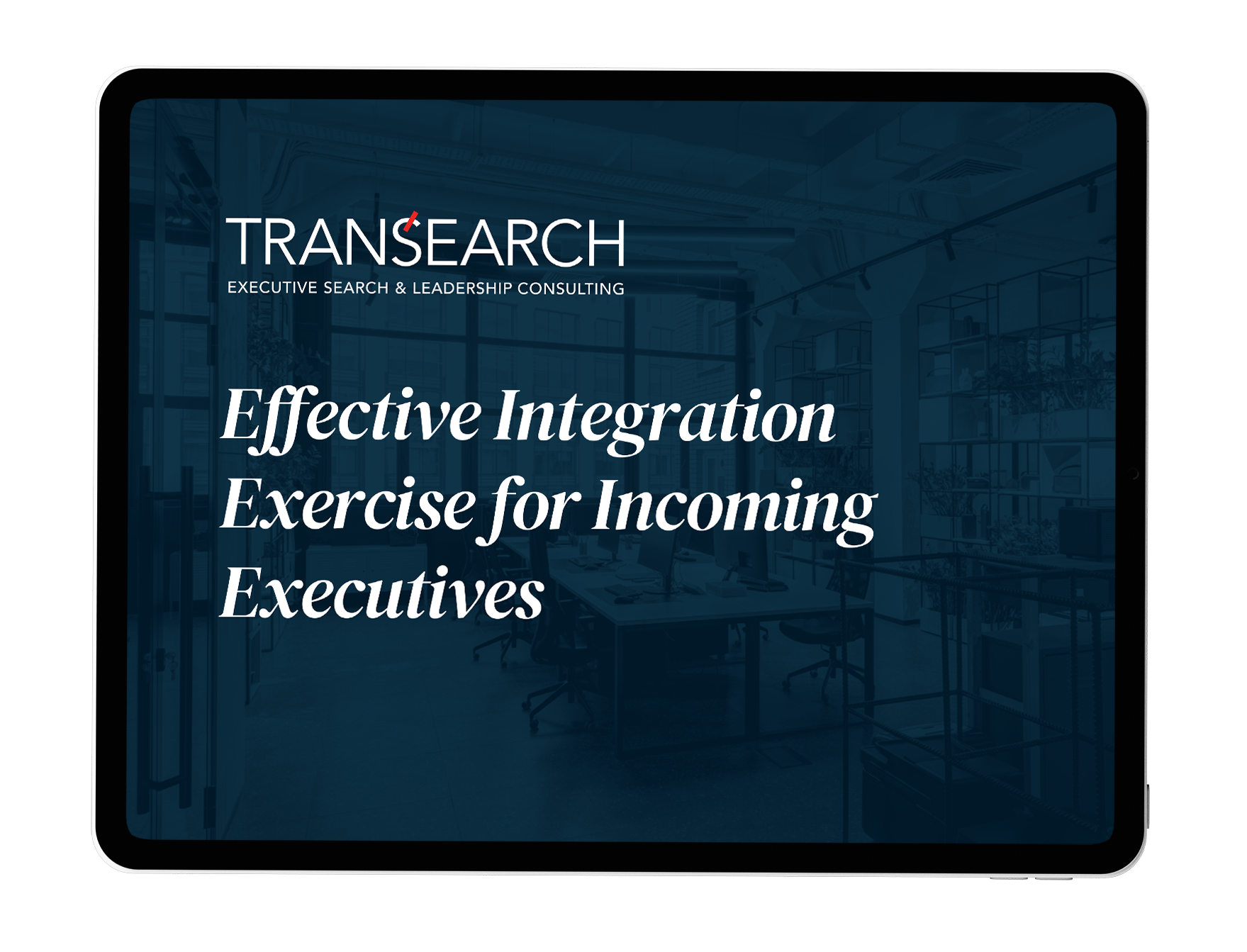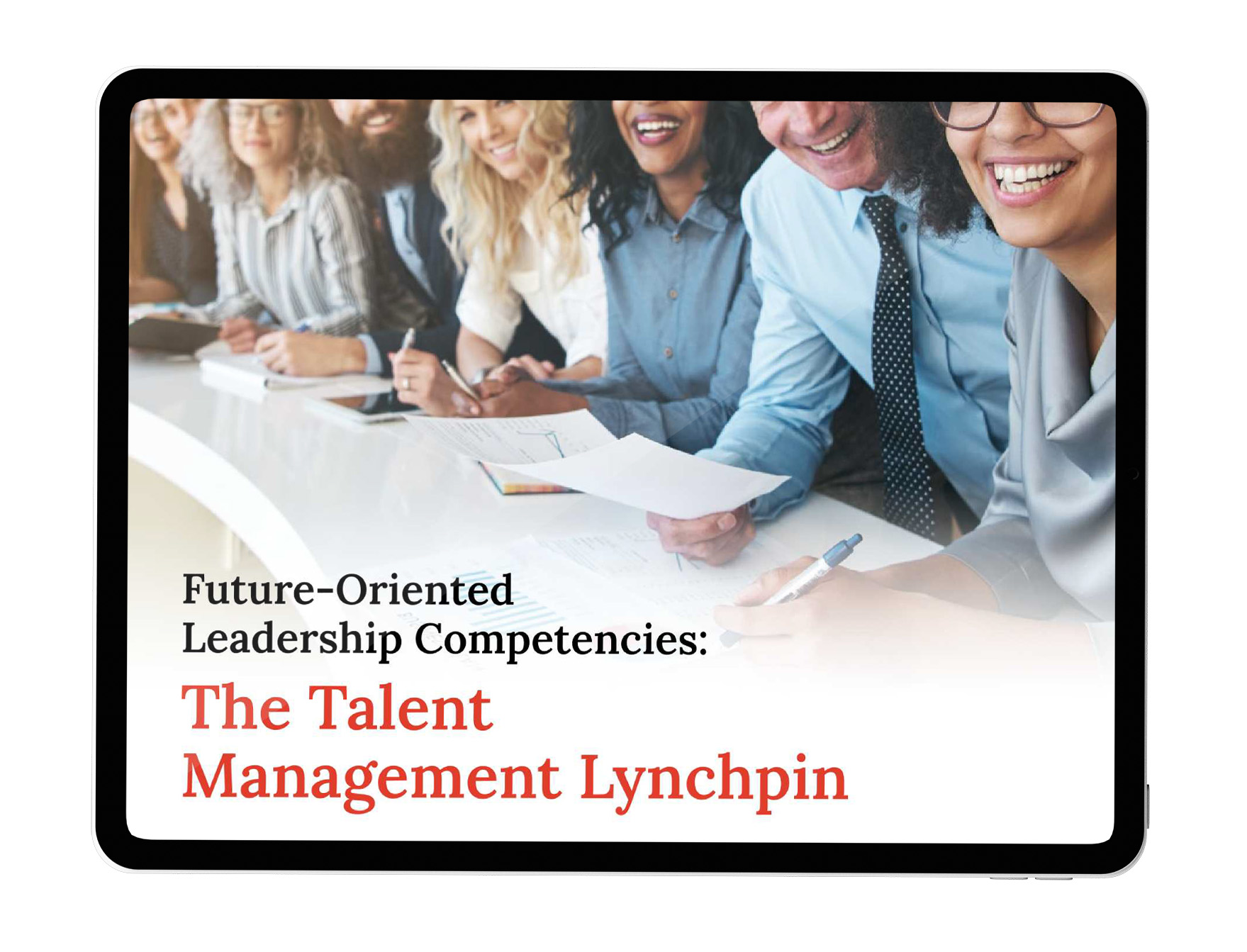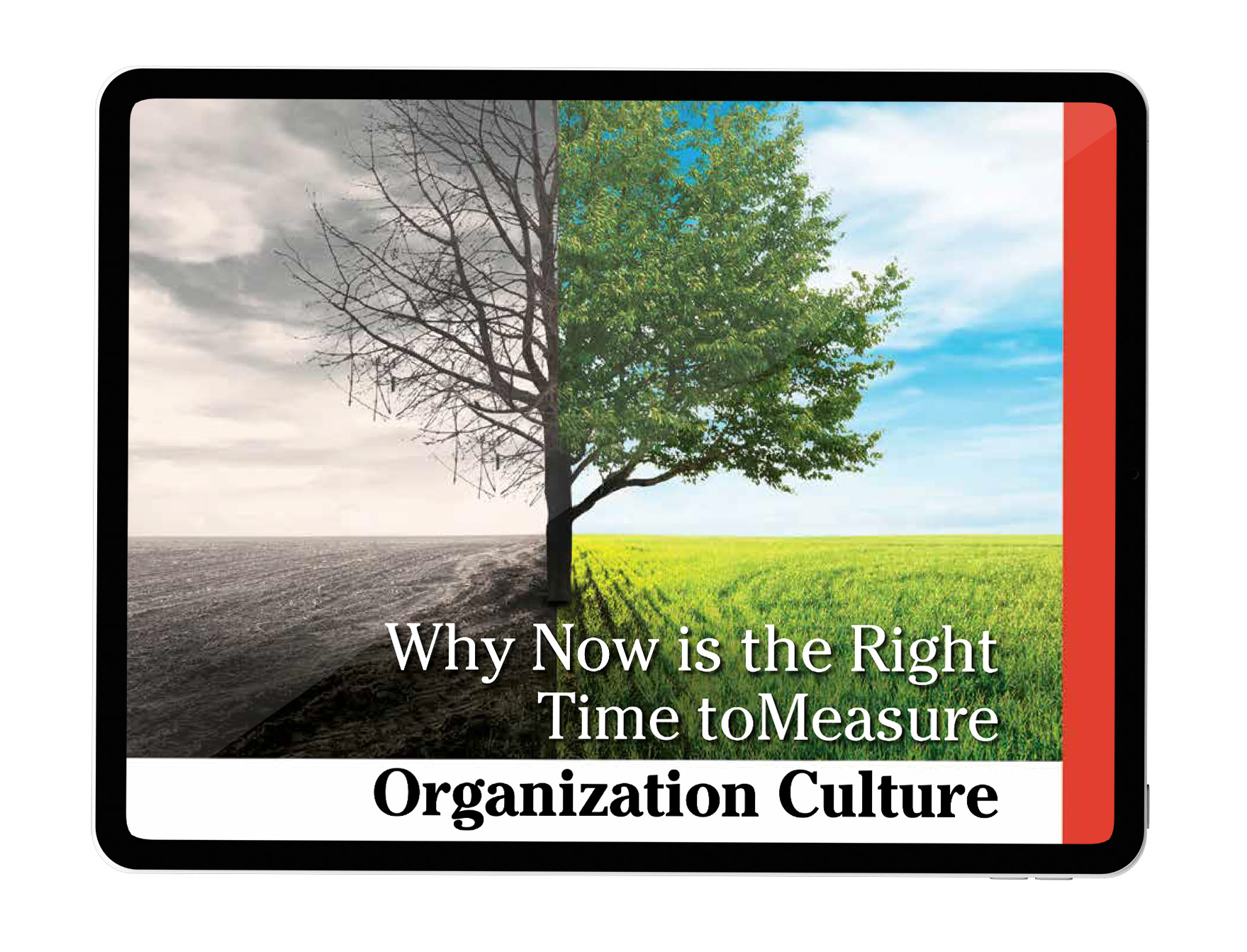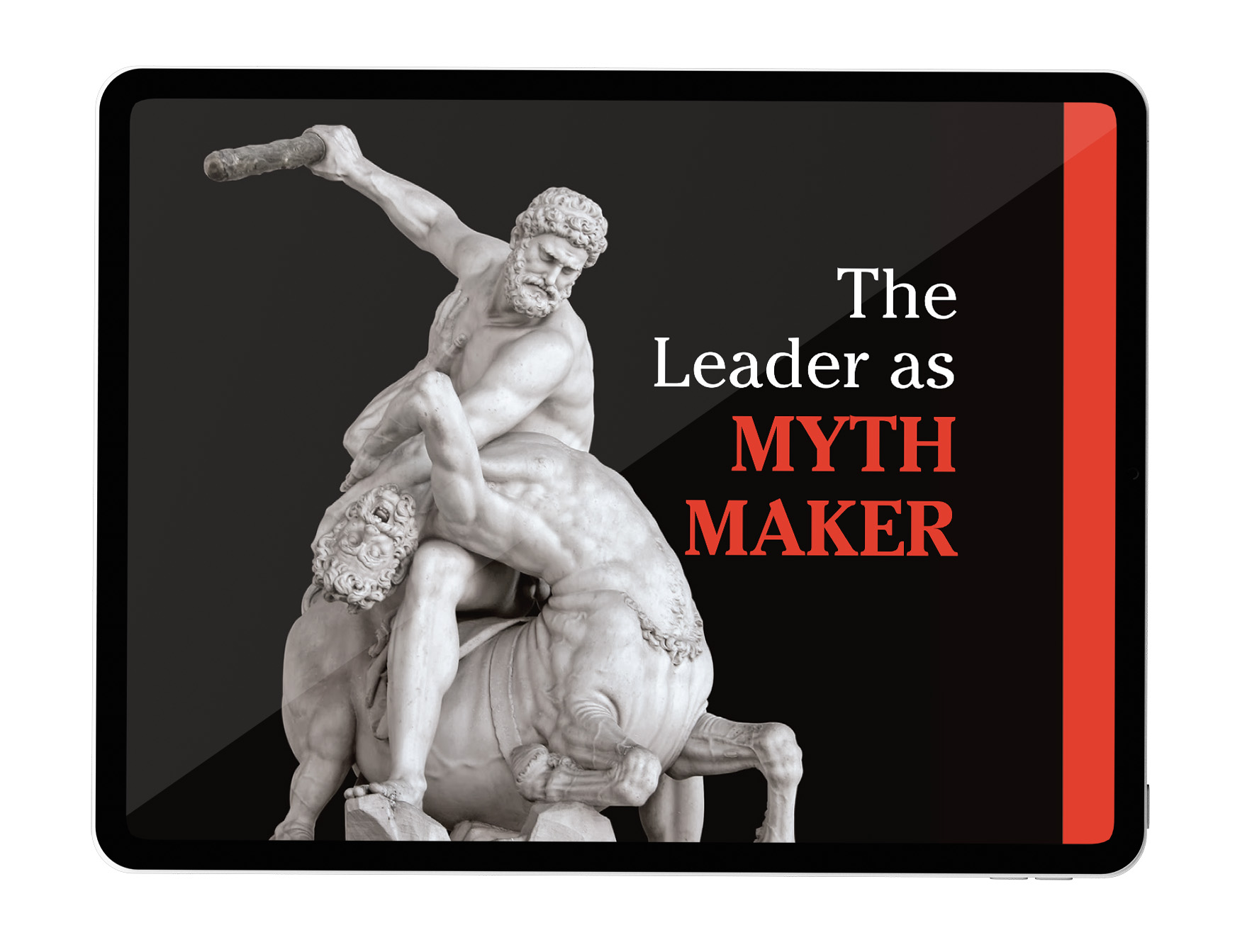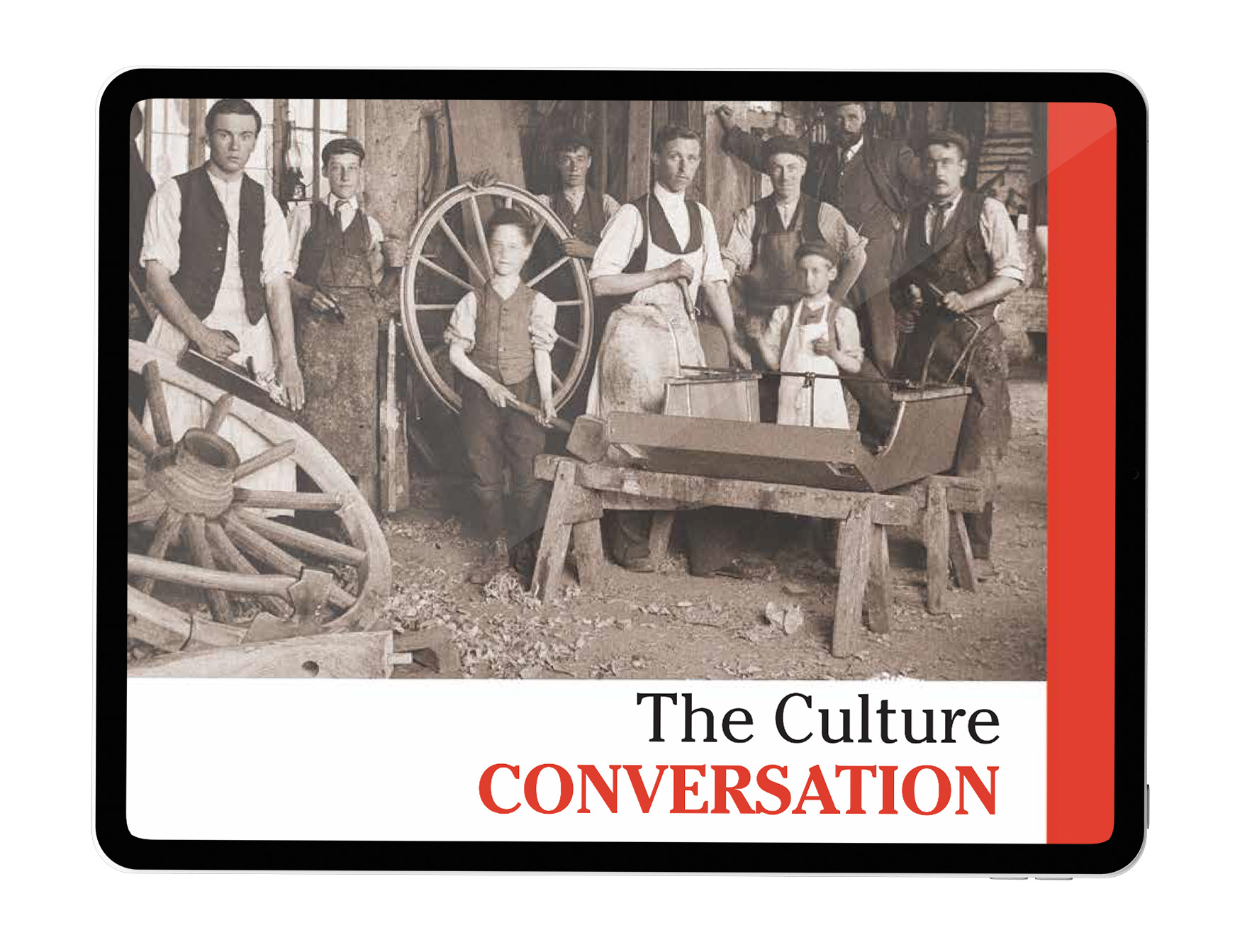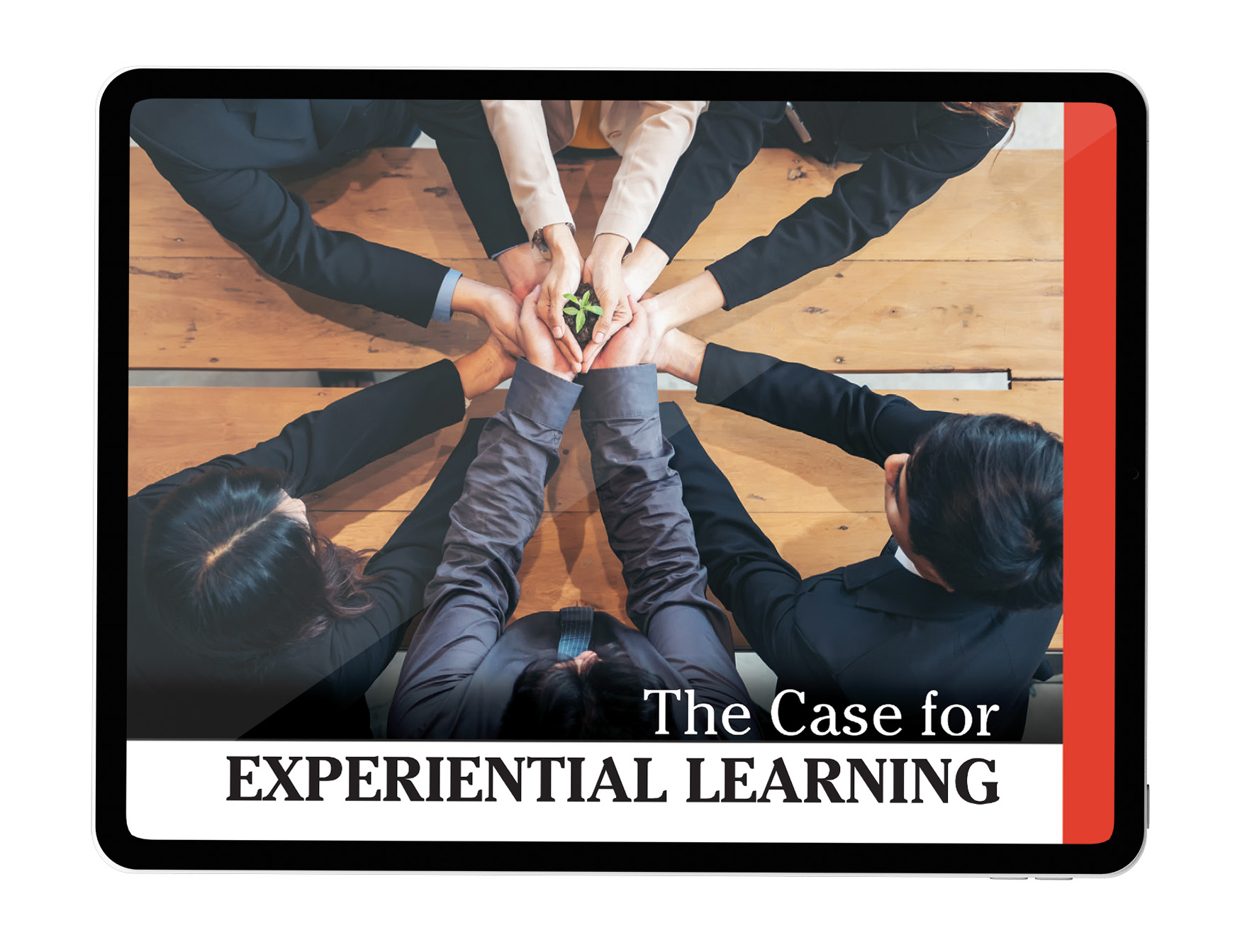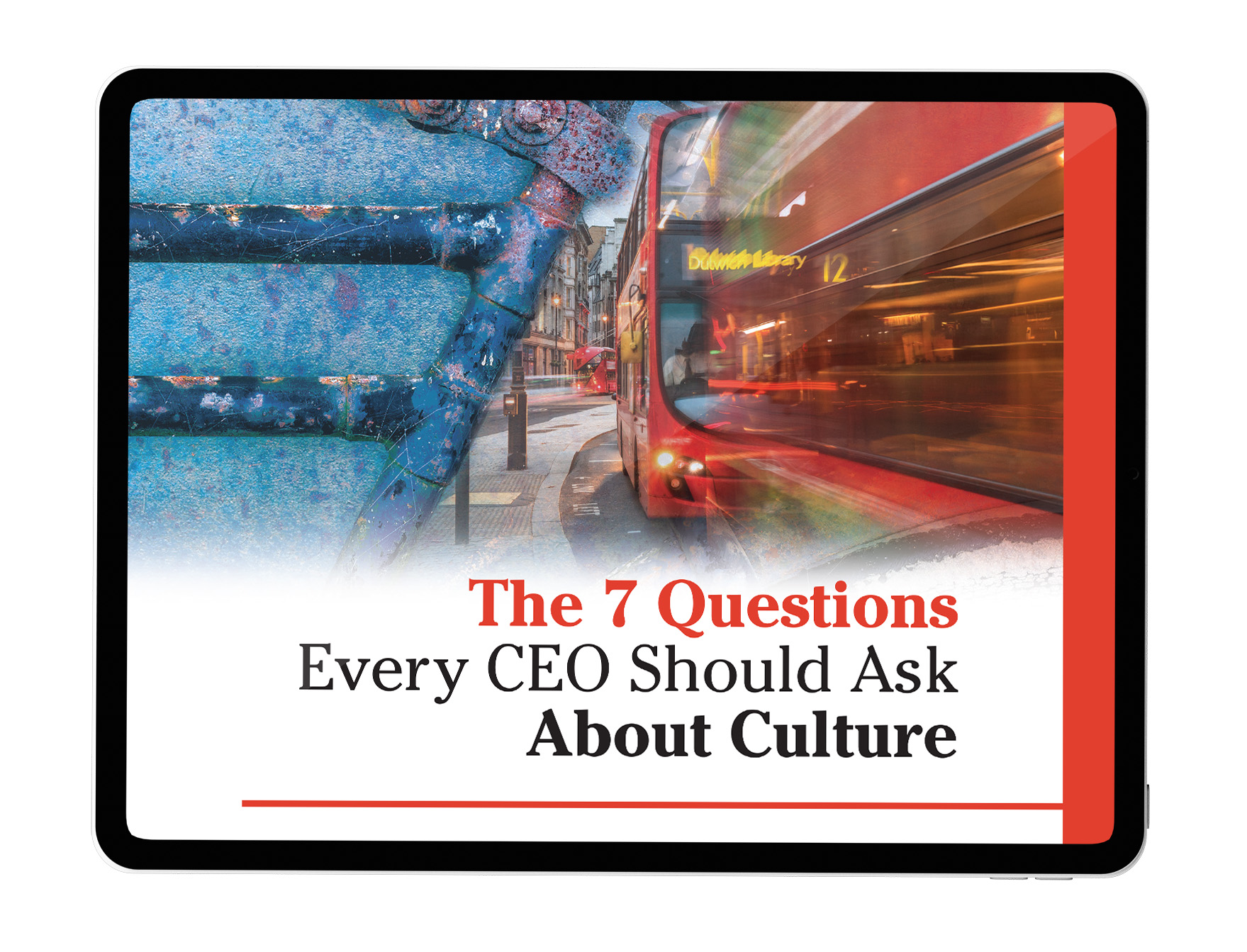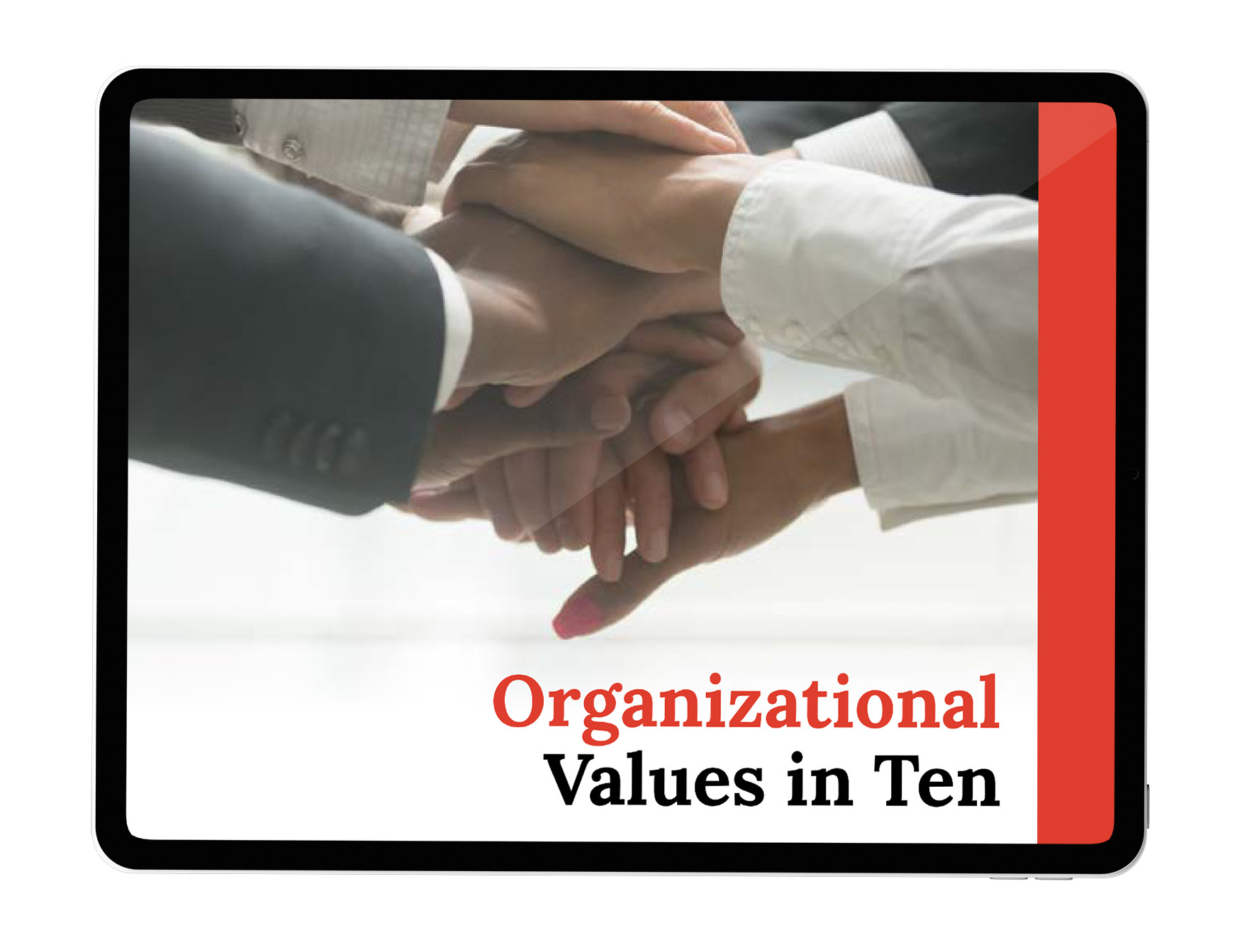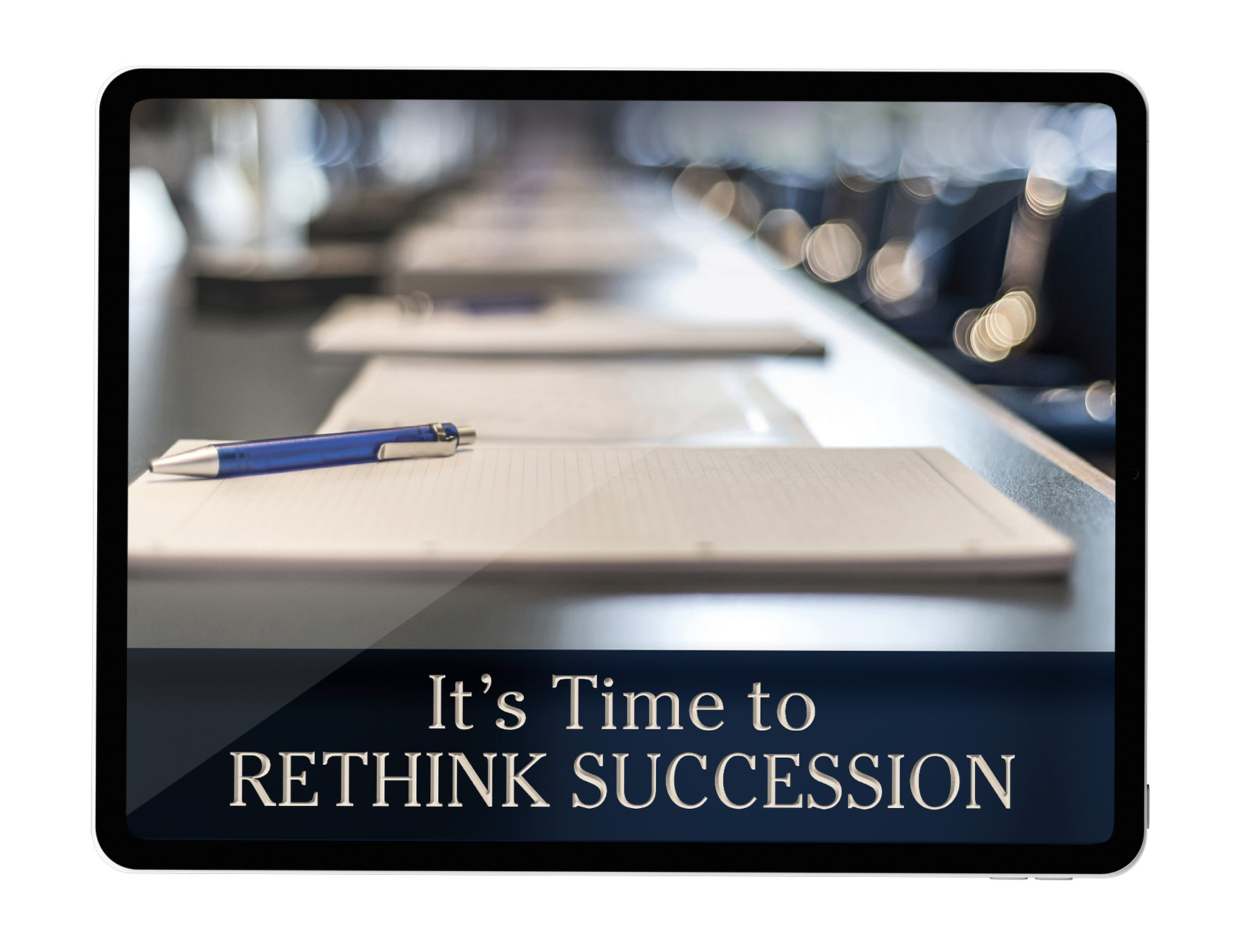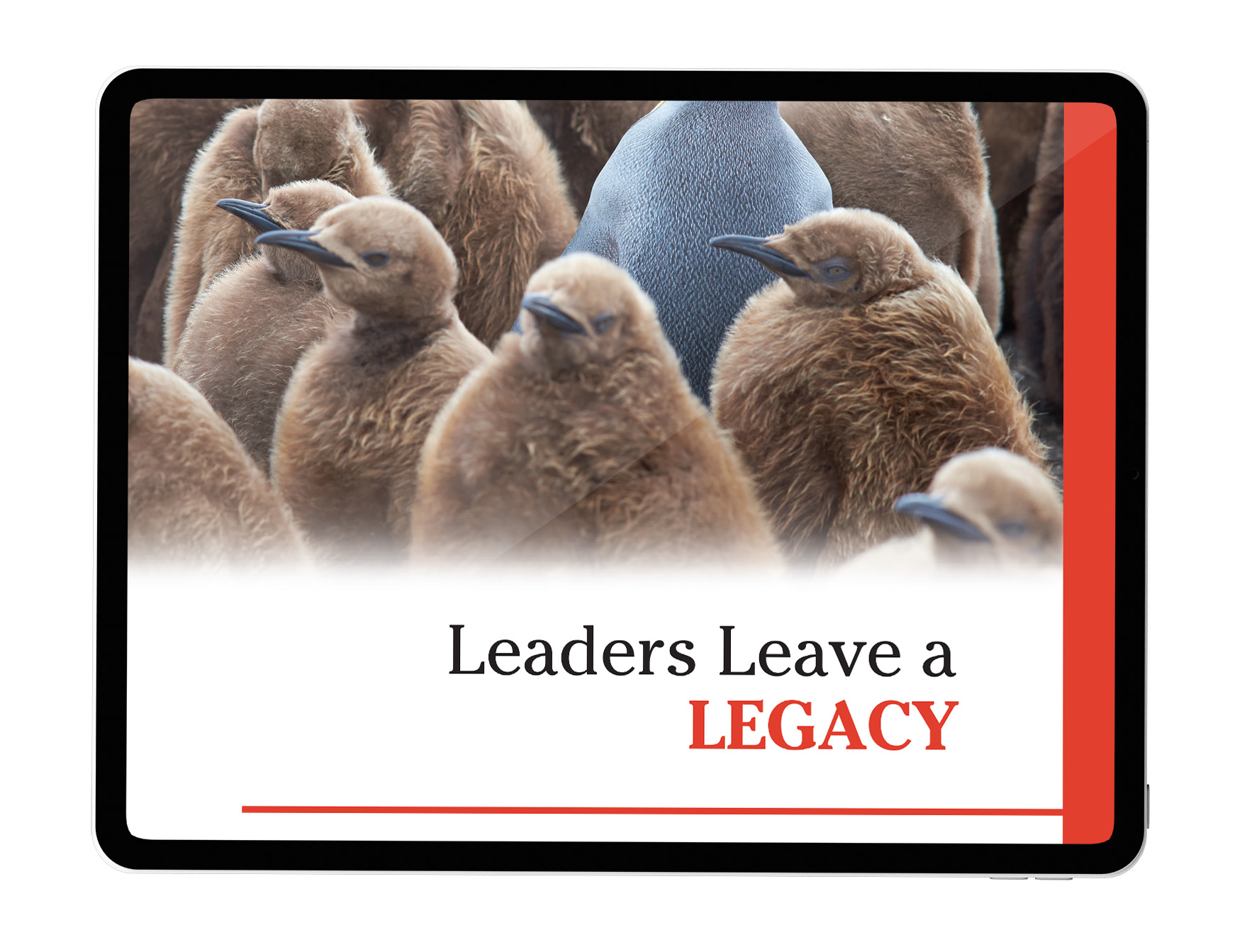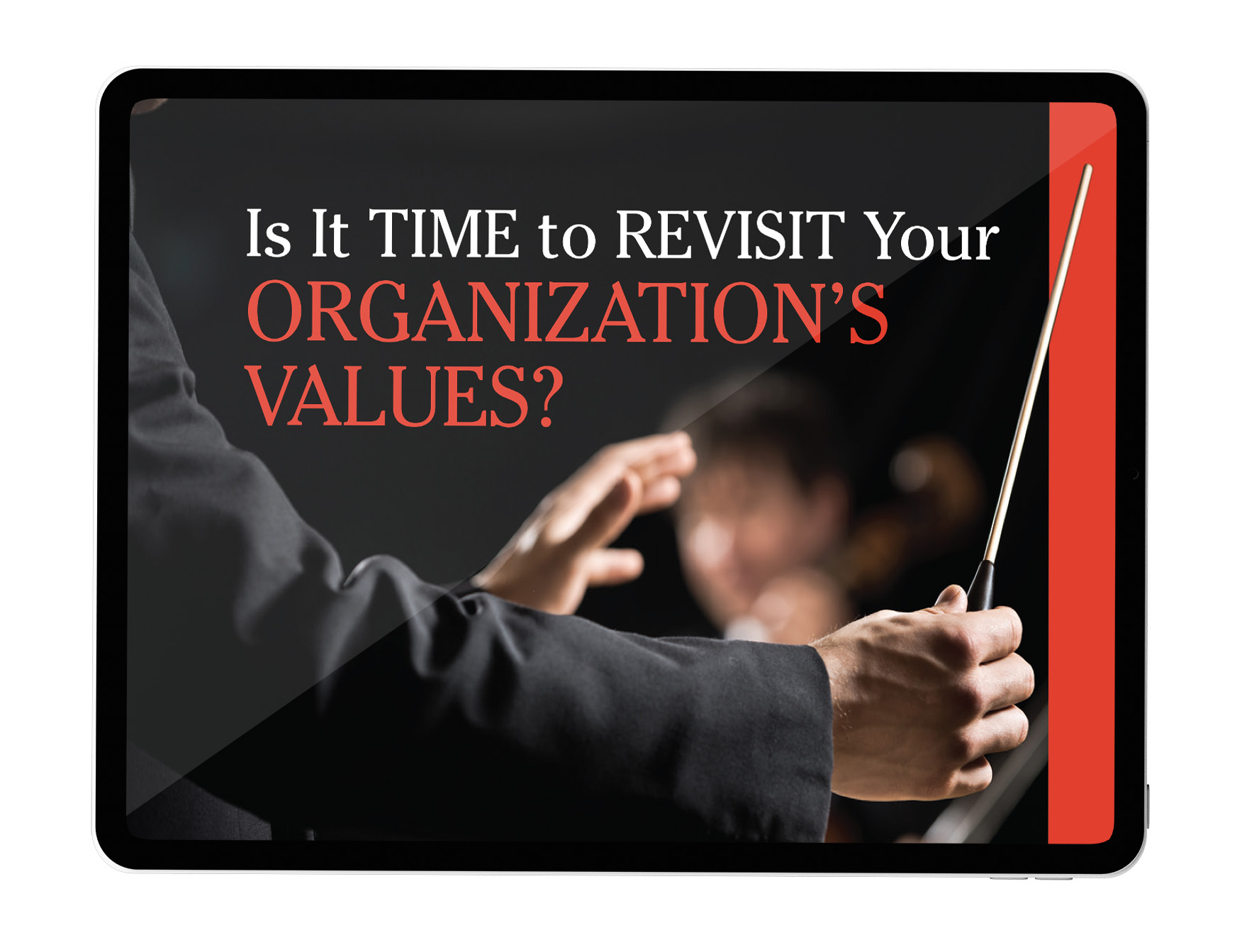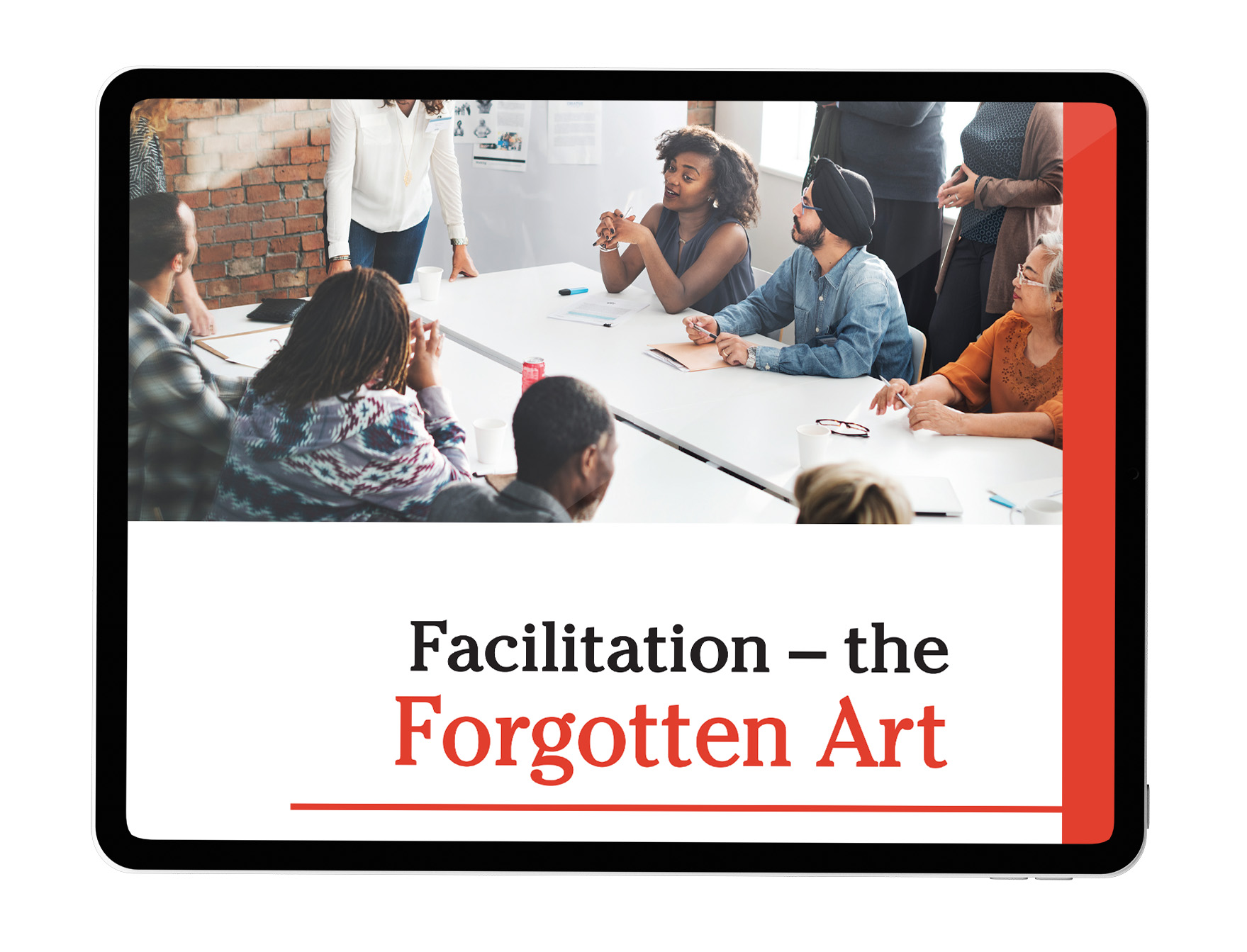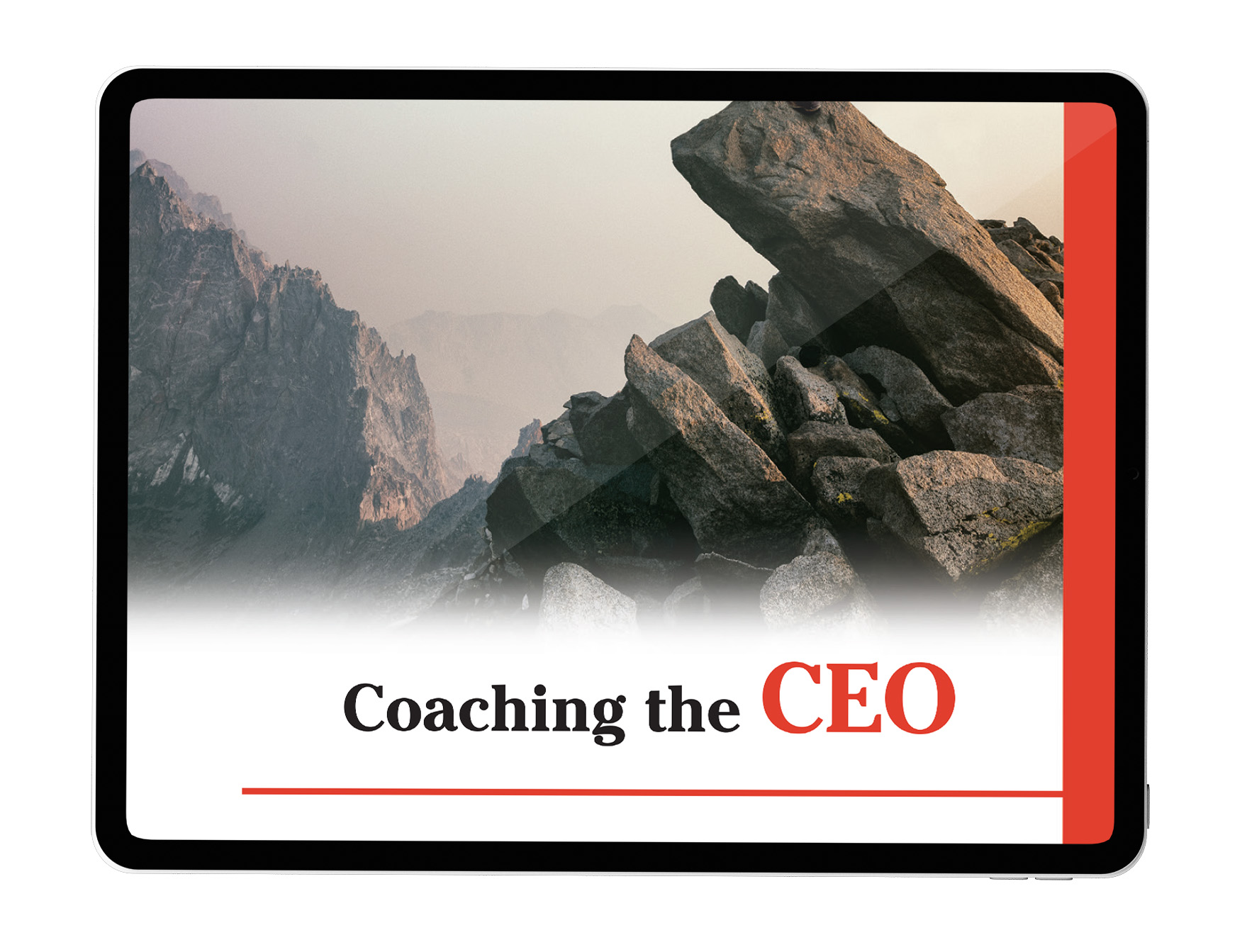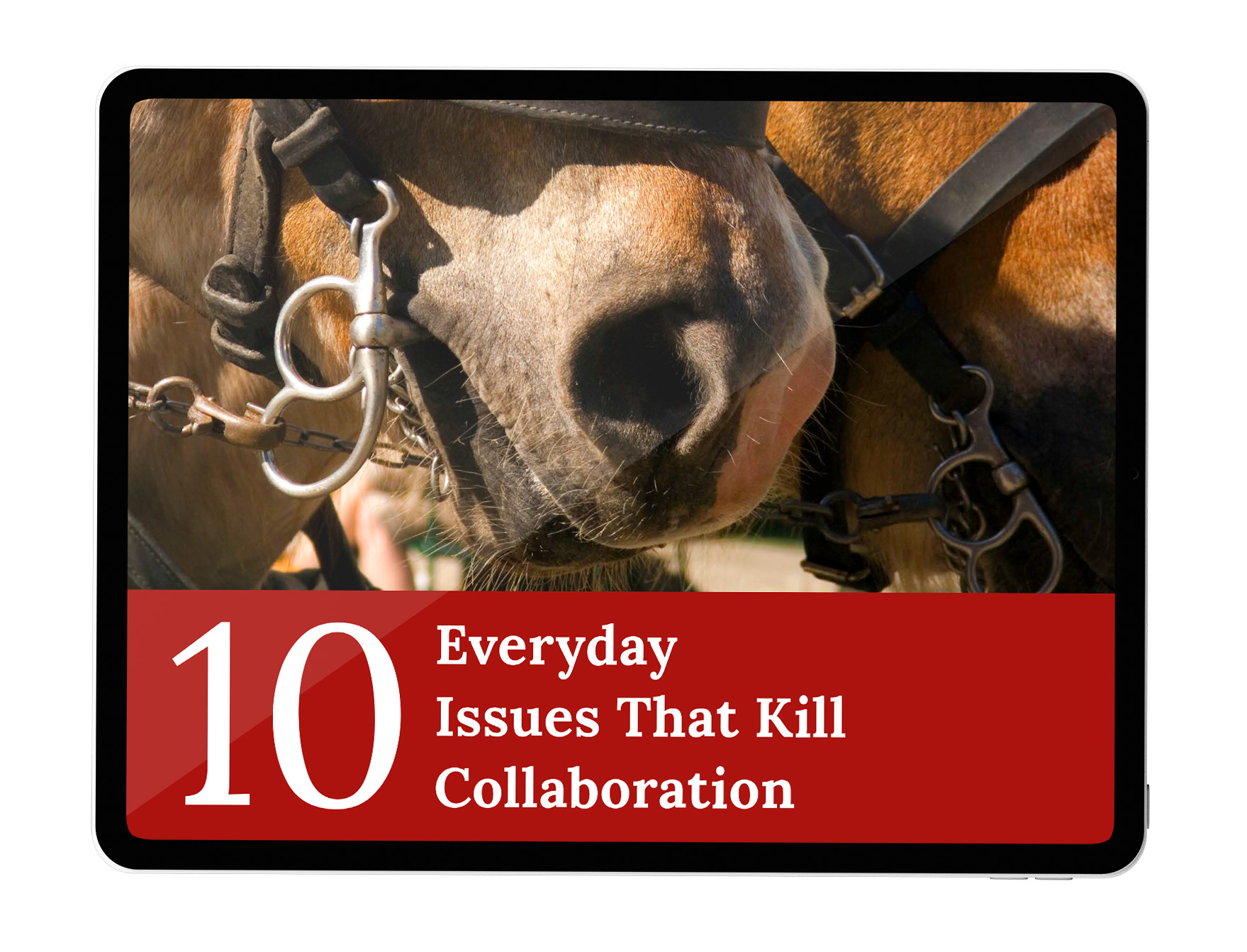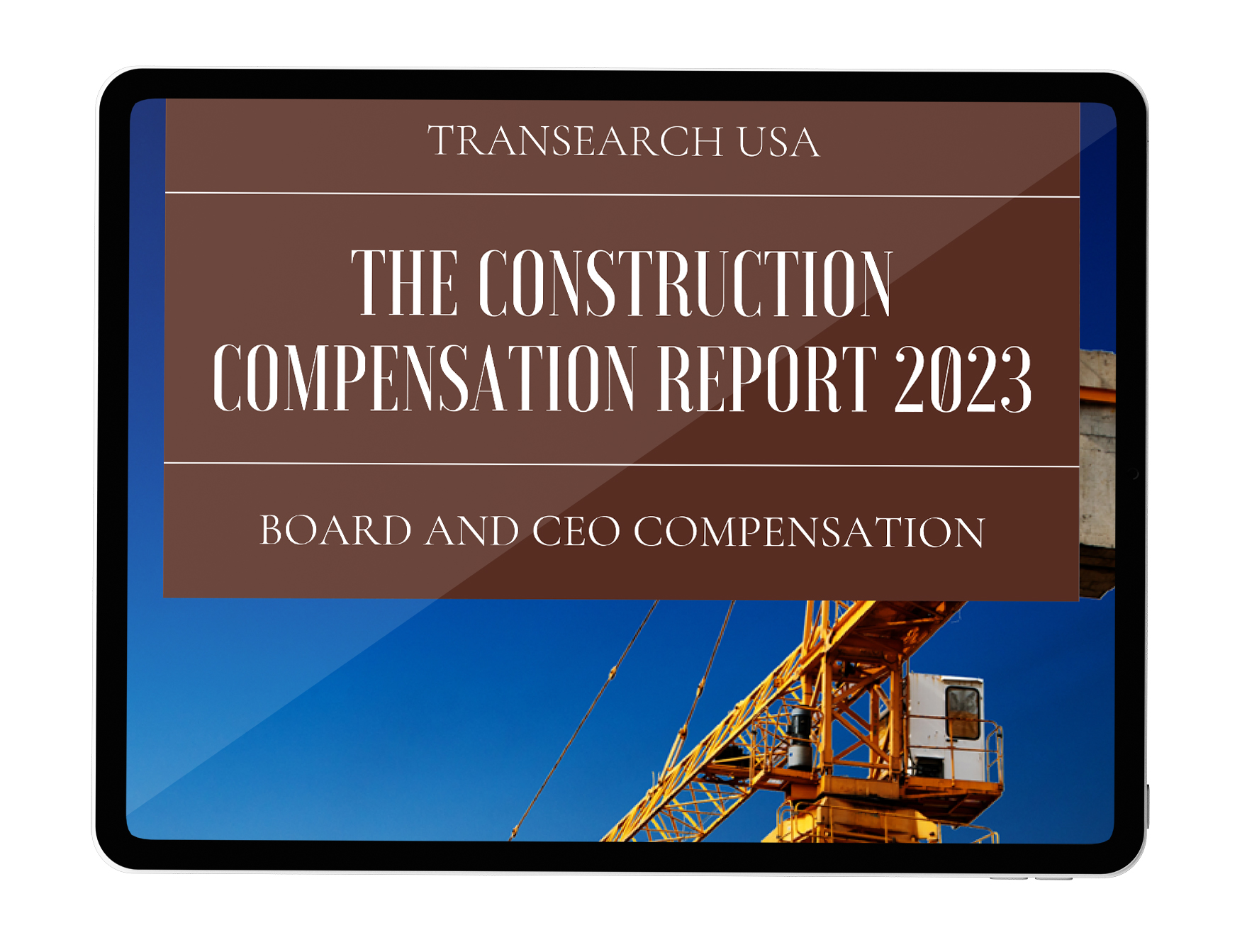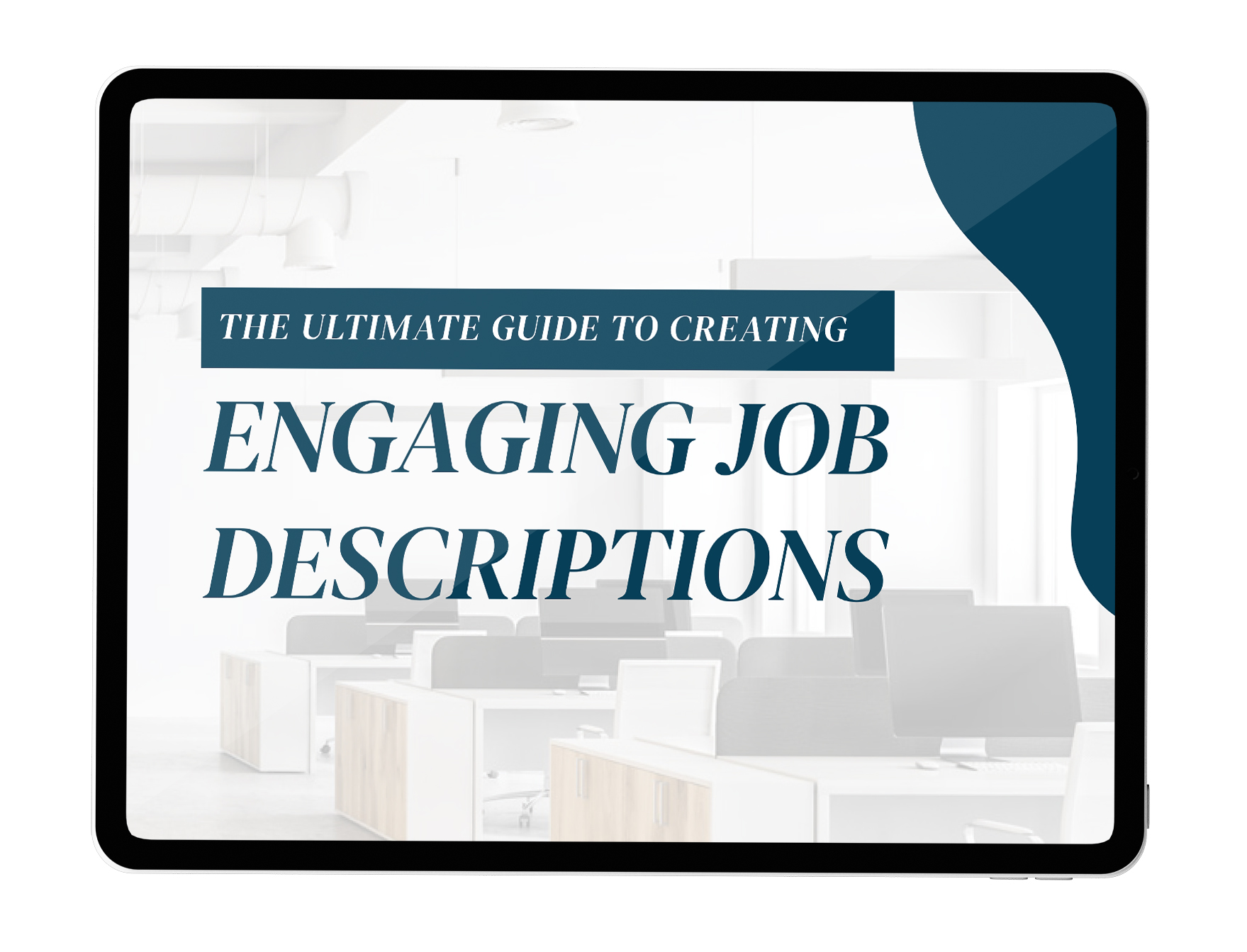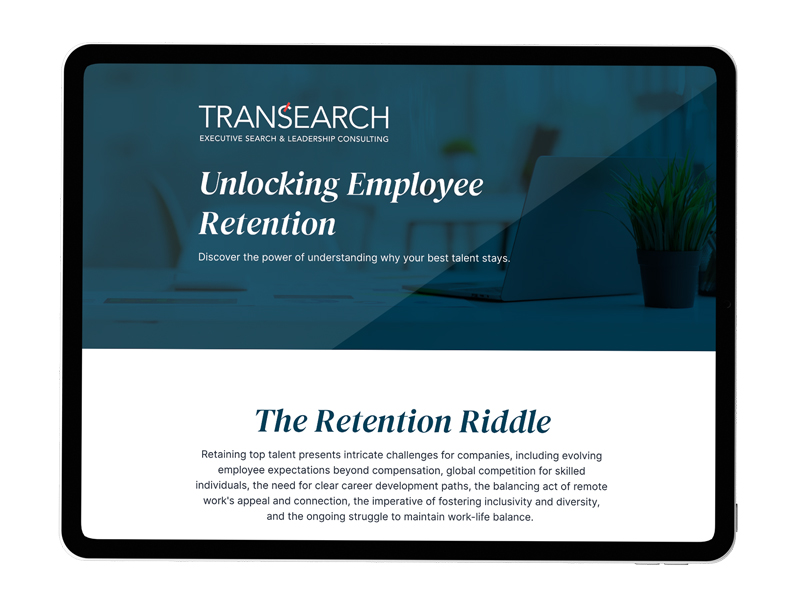Workers are quitting their jobs in droves across America.
In April alone, a record four-million people resigned. The average time younger workers are expected to stay in their current job is just over two years. And a McKinsey study showed only 7 percent of companies believe they can keep highly talented people.
While there are many reasons for the resignations, which we illustrated in the part 1 of our series on filling the skilled labor gap, in this article, we provide five tips to help you keep and develop your talent.
1. Determine the breath of what employees want from their work experience
Employees want many things out of work, much of which expands beyond compensation. Julie Hasiba, Managing Partner of Environmental Financial Consulting Group (EFCG), cites striking research collected by EFCG that indicates of the architecture, engineering and construction employees who voluntarily leave their firm, more than 40% go on to work for a competitor. “This indicates that employees are willing to leave and take their skills elsewhere if they feel like they’re not seeing what they want in their work experience from their current employer,” she reveals.
Therefore, companies must leverage tools like employee surveys and town halls to determine what individuals want and then work to provide it.
“You can’t just give options and hope for the best,” Hasiba advises. “You have to understand what employees are looking for. And the benefit of that is that the employees know they’re being heard, and then the employer can invest in the right areas.”
One of the most reasonable ‘wants’ are flexible, informal work environments. Give employees the option of working from home, hybrid work schedules, and offering earlier start or end times, but do it in a reasonable way that still enables your firms to stay collaborative and effective. This may require improving your tech-enabled tools and capabilities for more online working.
Employee surveys frequently show workers are looking for things like mentorship and coaching programs, employee resource groups, volunteer days and forums for personal and cultural development. This list is longer, but the point is succinct – if you understand what employees deem to be a rewarding work experience and provide it, you are far more likely to keep them.
2. Instill a career-path culture
Whether an employee is brand new or has been with your company for several years, they need to discuss professional aspirations with their managers and be involved in mapping out a clear career path.
“I recommend companies make it a norm for managers to talk to employees about their aspirations to understand what they want out of their careers, and then give those managers standardized resources and tools to enable those conversations and support employees in pursuing opportunities,” Hasiba explains.
“If they create career path templates, for example, that will help the employer, manager and employees align on where they want to go and how to get there.”
By doing the latter, your organization is showing your culture values loyalty, cares about people’s futures and wants employees to stay with the company. Further, it better maps employee ambitions to company needs to help an employer fill its anticipated future role gaps with talent its coached and invested in.
Additionally, Hasiba says shaping a culture of lifelong learning is very appealing to employees, citing such examples as training, career advancement days, as well as development and reskilling programs that are future-focused and hone new skills for the jobs of tomorrow.
3. Offer a bevy of special projects
Famed American author Elbert Hubbard wrote that people should, “Work to become, not to acquire.” In other words, employees are looking to truly grow and not just make money, so broaden their horizons with special projects.
“People are interested in evolving and developing,” Hasiba says. “That’s why I think it’s really important to provide them with broadened experiences on special projects. This will not only provide them with more depth, breadth and increased knowledge, but it will also benefit the employer, because employees will have expanded expertise and gain a sense of loyalty and commitment to pursuing more opportunities for the company, and even help the employer think beyond its current products and services to expand into new ones.”
4. Prioritize employee wellness
In recent years, life expectancy has been decreasing in the United States. Figures reported by NBC show that between 2018 and 2020, the decrease in average life expectancy at birth in the U.S. was roughly 1.9 years. For 16 comparable countries, the decrease was only 2.5 months.
While there are a litany of reasons for this unfortunate data, our interest is advising companies on what they can do to help reverse this trend and simultaneously, enhance employee retention.
“Employee wellness is something we can all appreciate,” Hasiba says. “We have clients who have employee wellness champions and are actively setting up systems for employees to support other employees.”
Better work-life balance, sophisticated Employee Assistance Programs and everything from yoga classes to healthy eating initiatives, are all elements that can play into employees choosing to stay at a company.
5. Proactively share knowledge
In the next three years, Hasiba says about 40 percent of the US workforce will be 55 or older. Even more illuminating is that 10,000 baby boomers reach retirement age every day. These baby boomers are highly experienced and skilled workers. Research shows their offspring, Generation X, make up as little as 65 percent of the baby boomer population. This shifting demographic is a major contributor to the skilled labor gap.
“Generation X has not generally developed as far in their careers as the baby boomers, so as the baby boomers retire or resign, there are fewer people in the next generation who can take on their roles,” Hasiba explains,
To help retain Gen Xers and fill the skilled labor gap, companies must proactively plan for boomers to transfer their knowledge.
“As baby boomers offboard, all of their knowledge, documentation and information needs to be shared and collected in internal databases,” Hasiba reveals. “At our own firm, we have employees reflect on what they’ve learned in specific roles, write it all down and then share it with people new to the roles.”
It can be demoralizing for current employees to see a steady stream of workers leaving.By focusing on some of the key retention needs we’ve outlined above, your company is far more likely to keep your talent and consequently, ensure your workforce is productive and well.





















